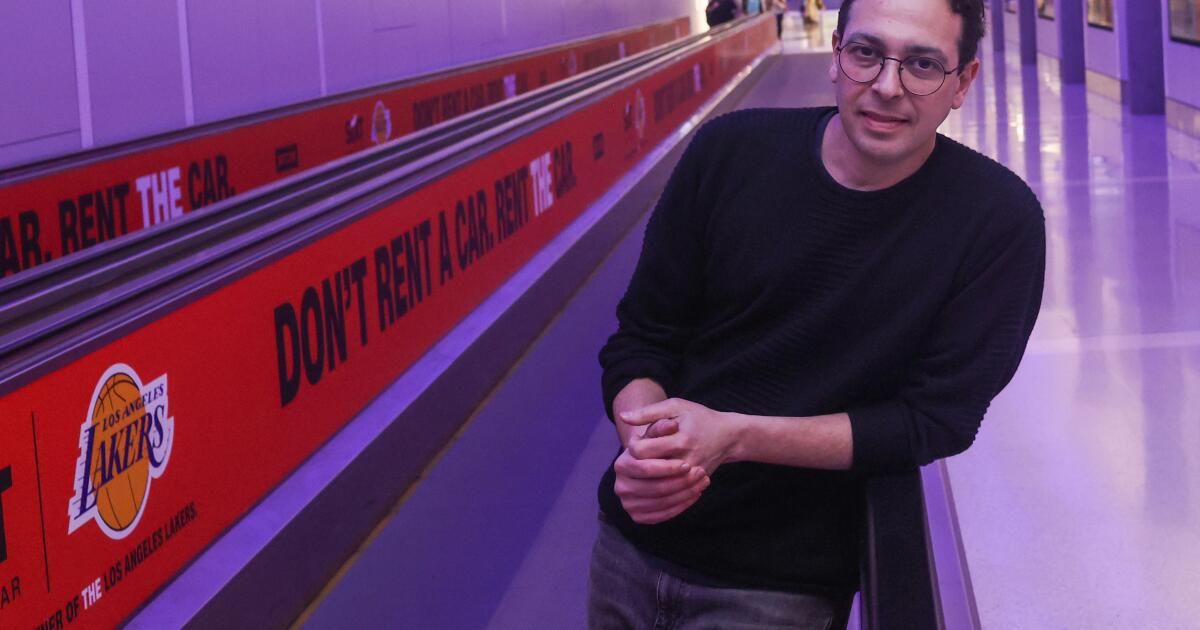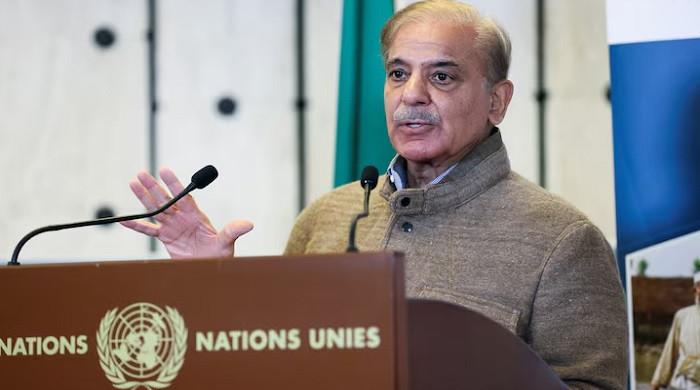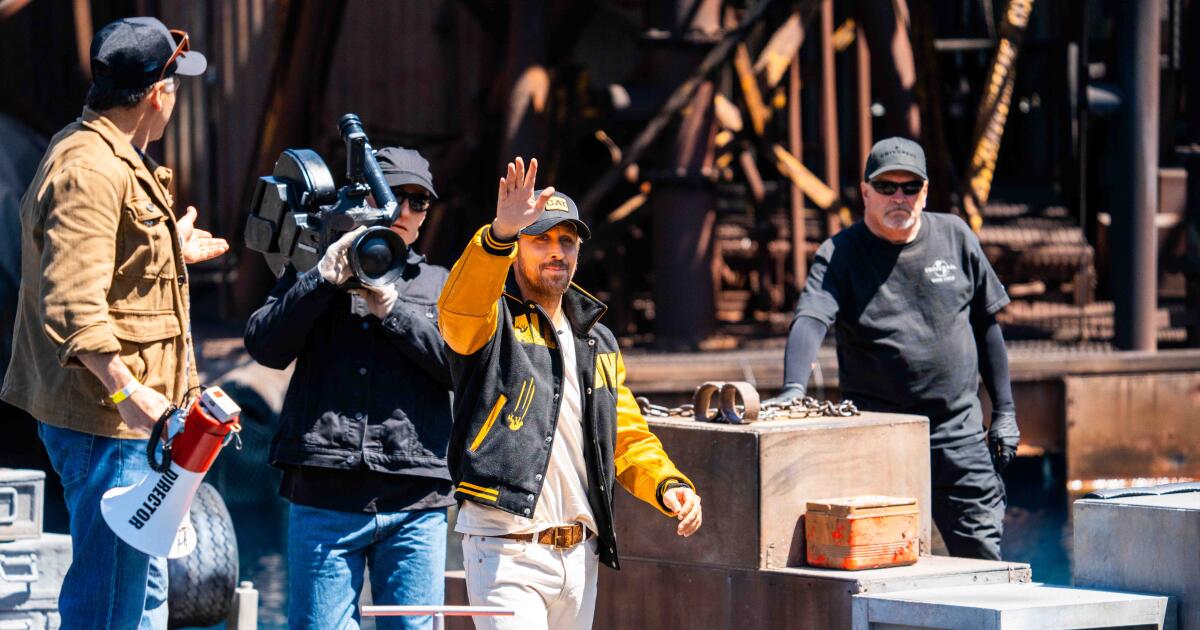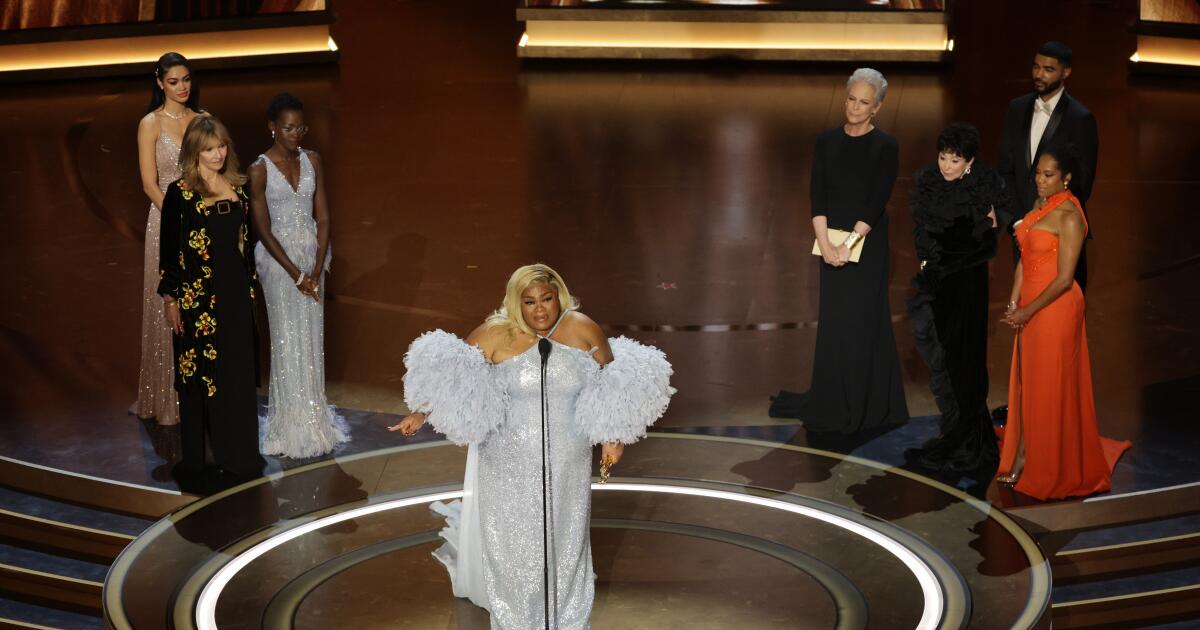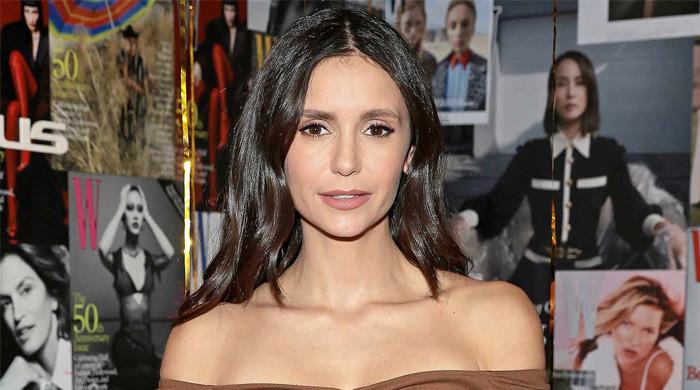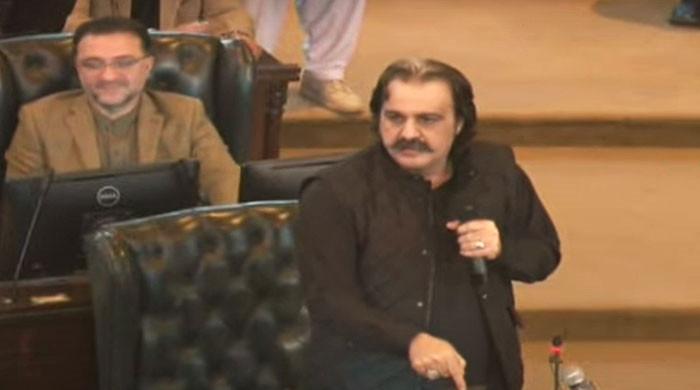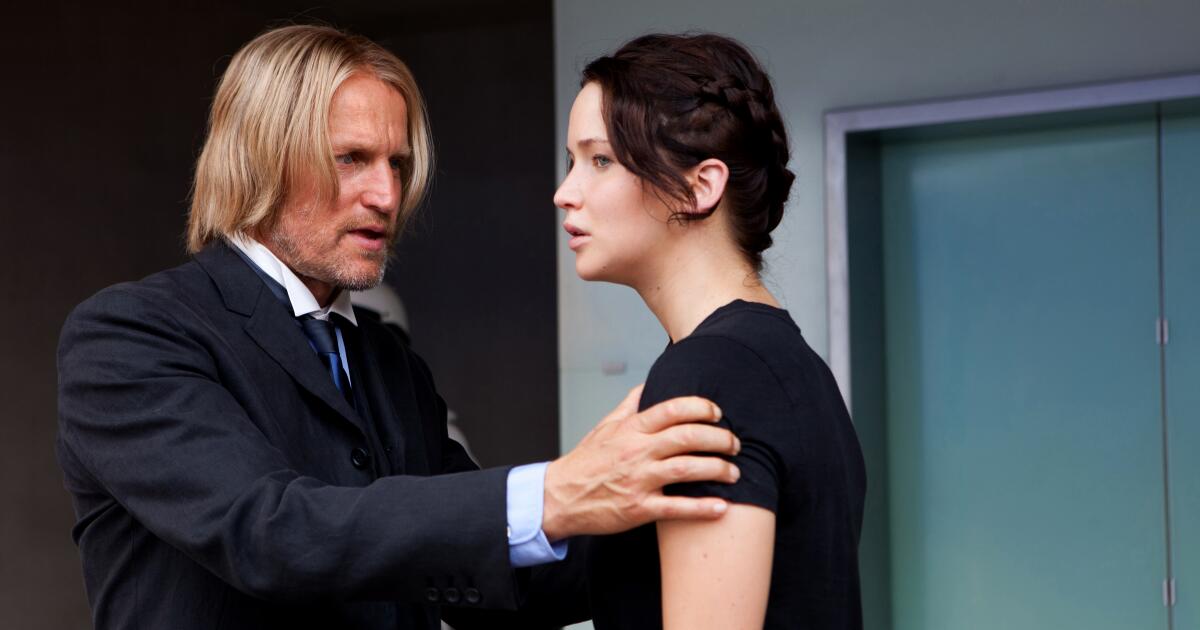The whirlwind of traveling through LAX calms down when you enter the Orchestrarina. At the beginning of a 1,000-foot-long hallway that connects Tom Bradley International Terminal's Grand Hall to its west gates, the light dims to a soothing cerulean color. Waves of background music rise to greet passengers as the moving sidewalk carries them through the terminal.
Along the way, the music switches between 30 compositions written in a single key (C major), by well-known artists such as Mark Mothersbaugh of Devo, local heroes John Carroll Kirby and Dwight Trible of Leimert Park's World Stage, and composers from avant-garde of Los Angeles. like Molly Lewis, Celia Hollander and Sam Gendel.
At the end, an exhibition of works by Helen Pashgian, Larry Bell, and more artists from the Light and Space movement invites travelers to reflect on the history of Los Angeles sculpture using jet-age industrial materials.
“You can see it's attractive when they press their faces against the glass,” LAX art manager Tim McGowan laughed as he showed off the sculptures and sound installation to passing travelers last week.
The Orchestrina, a public art installation by radio and events collective Dublab, is part of a new three-year deal for the station to program live music and sound art at LAX. It's a subtle introduction to Los Angeles' experimental art and music scene, all before you reach the customs gate.
While passengers are nervous about the many things going wrong in the skies these days, from door plugs blown out of mid-air to pilots tripped by mushrooms, the Orchestrina is a brief moment of tasteful, sensory peace.
“For decades, Dublab has been programming in unconventional places,” said Alejandro Cohen, CEO of Dublab. “Maybe the final frontier of this is the airport.”
It's one thing to host a wonderful showcase of ambient music under the jungle canopy of Descanso Gardens (where Dublab recently held a mini-festival where fans were encouraged to take a nap). It's quite another to achieve it in a place that indicates how deeply your loved ones will sacrifice to pick you up.
In 2022, more than 65 million people passed through LAX, many on their way to the thousands of shows and festivals that make Los Angeles the live music capital of the world. Dublab got the call from LAX Arts Program Director Sarah Cifarelli to build Orchestrina in 2019; After pandemic delays and adjustments to technology that began in 2021, Orchestrina is formally up and running for the public and will remain for at least three years.
People walk past the art exhibit focused on the Los Angeles Light and Space movement at LAX.
(Michael Blackshire / Los Angeles Times)
The exhibit probably has the most subterranean intrigue of any airport art that doesn't hide a UFO bunker (as Denver Airport's “Blucifer” horse is rumored to hide). To build it, Dublab's Eli Welbourne worked with music technology firm Lux Aeterna to stitch together those 30 original fragments into a single, ever-evolving, spatially separate work that draws on composer Terry Riley's “In C” and “Music for Airports” by Brian Eno. ” like mood boards. The music changes and follows you down the hallway, and you feel like you're being dragged through a tracking shot of a near-future sci-fi movie.
“That's absolutely the intention, to offer a brief respite from the hectic feeling,” Welbourne said. “There's a really interesting effect when you walk into the installation, you walk down this long flight of stairs and you walk into this blue light that completely surrounds you with music and field recordings where you can hear birds and the wind passing through the grass.”
“I think we can help alleviate those moments of stress,” Cifarelli said, “and really create an experience for passengers that is more human and enjoyable.”
There are many events planned for the next three years, as Dublab tries to turn one of the most feared places in the county into a place where you can actually stay and listen. On Wednesday, the station brought in two experimental electronic acts, Ana Roxanne and DJ Python, to perform ambient music as Natural Wonder Beauty Concept for a new series for ticketed passengers at LAX Terminal 1.
“I believe in the power of public art to be able to offer this type of work to a broad and ever-evolving audience,” Welbourne said.
While many commuters would likely appreciate a genuine rail connection to LAX along with a tasteful background music program, the public art is one piece of an evolving conversation about who benefits from transit infrastructure in Metro's use of Los Angeles of local reflective public art on the K line and new non-police works. ambassadors to serve passengers in need is an attempt to make getting around Los Angeles more enjoyable for everyone.
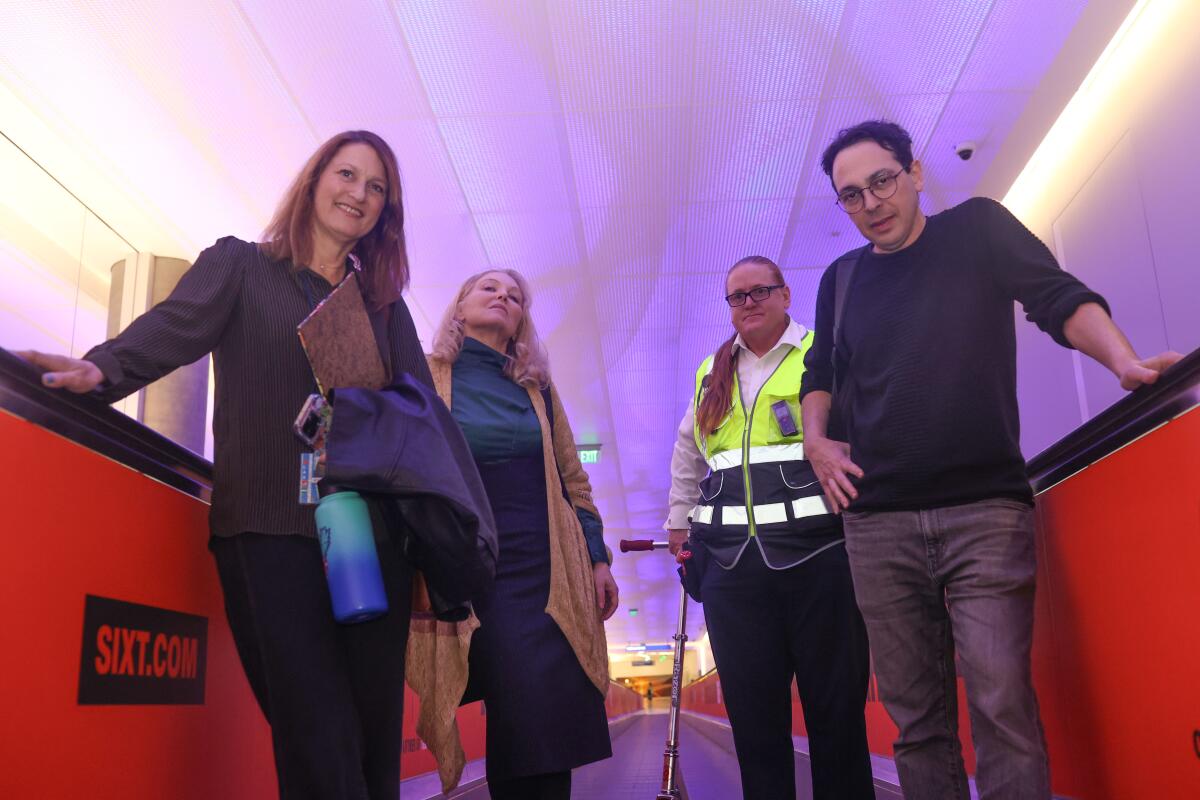
LAX Art Program Director Sarah Cifarelli, left, Guest Curator Laura Whitcomb, LAX Art Programmer Tim McGowan, and Dublab CEO Alejandro Cohen on the LAX Moving Walkway.
(Michael Blackshire / Los Angeles Times)
“It has to be part of the equation when we plan transportation projects,” Cifarelli said. “We want things that reflect our city, and I think we have to incorporate arts programming as part of that. At the end of the day, we are all human beings who use these public spaces.”
For Cohen, who has produced concerts and streamed shows for Angelenos for decades, the LAX deal will be his biggest audience yet by an order of magnitude, even if many of those passengers will barely notice.
That's part of the goal, though: to show the city to anyone who looks closely and make it more enjoyable for anyone who passes through.
“These are the things you live for, work for, be part of the heart of the city,” Cohen said. “It is one more step to integrate into the city, to be part of it consciously or unconsciously.”

